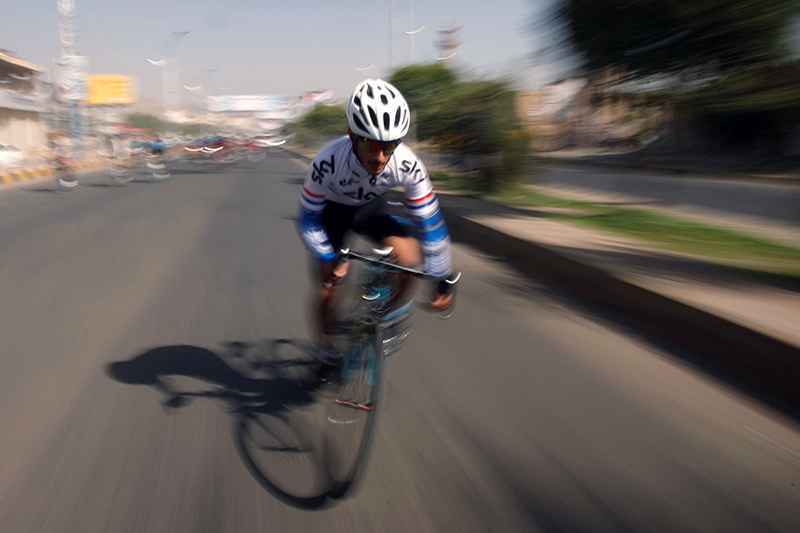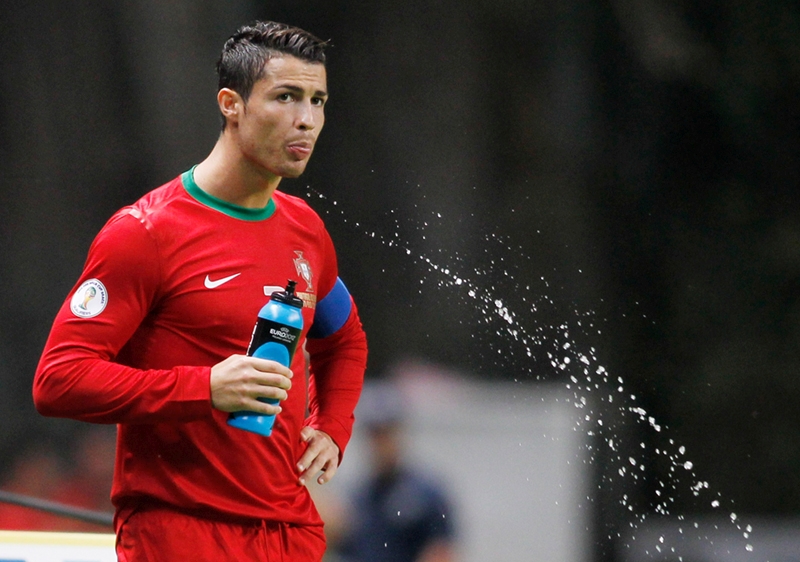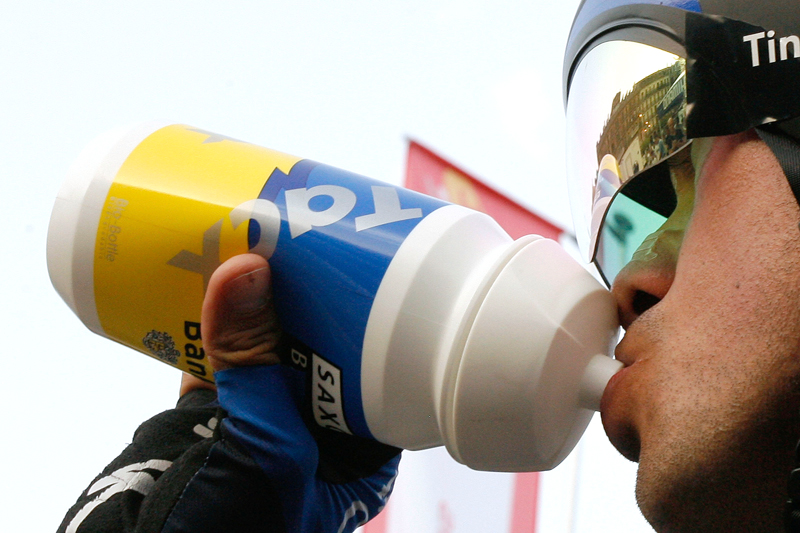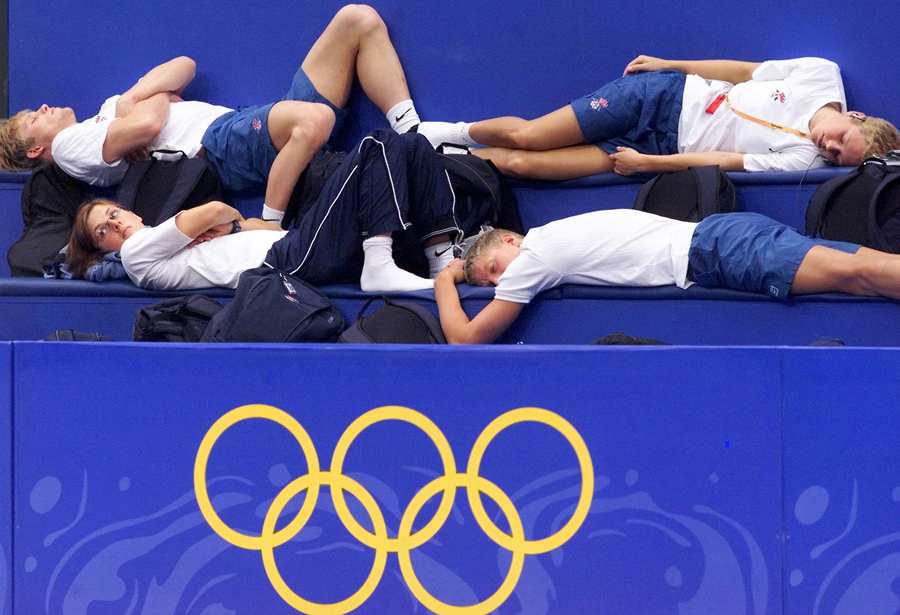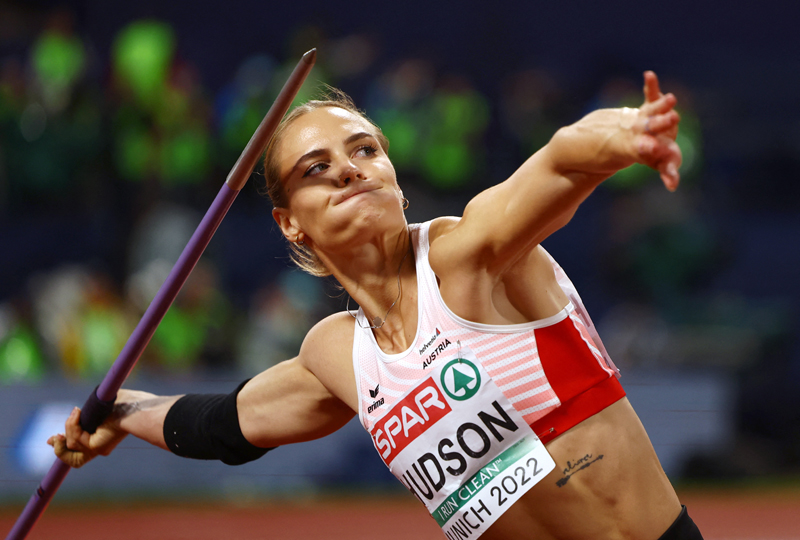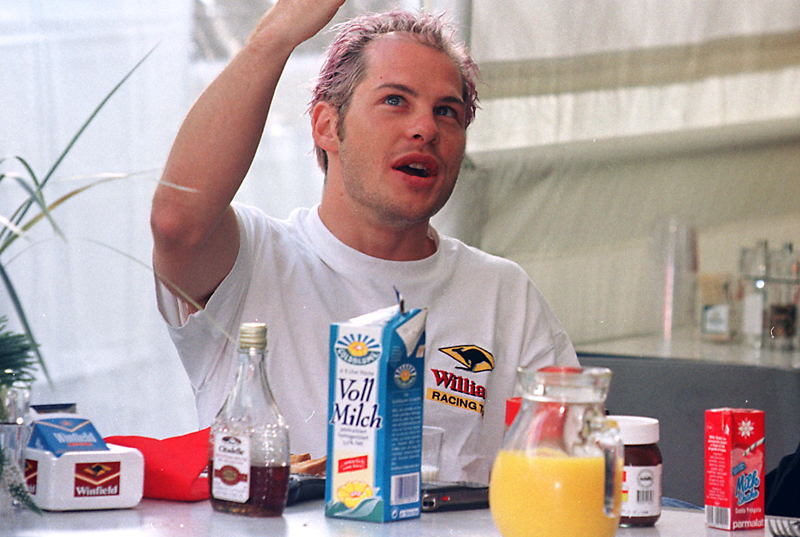You are viewing 1 of your 1 free articles. For unlimited access take a risk-free trial
Race fueling: start early, fuel little, fuel often

Andrew Hamilton looks at new research on race fueling and explains why endurance athletes might need to rethink their fueling strategy
Over the past 25 years or so, there’s been a bucket load of research showing that consuming carbohydrate while on the move (eg gels, carbohydrate drinks etc) in the saddle can significantly enhance performance over longer-duration (90+ minutes) events. The reason is simple: carbohydrate is your muscles’ premium fuel during exercise because carbohydrate can be absorbed and broken down to release energy efficiently and rapidly. And due to the biochemistry of carbohydrate oxidation, more energy can be liberated per litre of oxygen consumed. That makes carbohydrate the best fuel for meeting the energy demands of your muscles when your exercise intensity becomes very high and when oxygen is scarce (because you are at or near your maximum oxygen uptake limit - also known as ‘VO2max’).Muscle glycogen and fueling on the move
Much of the carbohydrate oxidized for fuel during exercise is derived from stored carbohydrate in the muscles (muscle glycogen). It just so happens that even a relatively modest drop in the levels of muscle glycogen can produce feelings of fatigue and tiredness, which is why a large body of research has demonstrated that keeping topped up with carbohydrate during prolonged exercise can help stave off fatigue(1-9). It’s for this same reason (to top up your muscle glycogen) that sports scientists also recommend that you consume plenty of carbohydrate in the days leading up to a big event such as a distance ride, running marathon or longer-distance triathlon. This approach is commonly referred to as ‘carbohydrate loading’ (you can read more about the theory and practice of carbohydrate loading in this article).Fueling on the move strategy
As mentioned above, a large body of research has been conducted on carbohydrate fueling during exercise to prolong endurance. But what is the ideal strategy for you to use? A comprehensive review study (one that pulls together data from a number of other studies on the same topic) published last year concluded the following(10):- For events lasting less than 60 minutes, no carbohydrate ingestion is required.
- For activities lasting over 60 minutes, an active fueling strategy is recommended to maximize performance.
- For events lasting 60-150 minutes, athletes should consume 30–60 grams of carbohydrate per hour, using a 6–8% solution (concentrations typically found in commercial sports drinks).
- For events lasting over 150 minutes, higher carbohydrate intakes of 60–70 grams per hour up to 90 grams per hour (if tolerable) can give improved performance, ideally consumed every 10–15 min to maximally spare glycogen stores.
- At the highest levels of intake, multiple transport carbohydrates – ie glucose/fructose drinks and gels – are recommended for easier absorption (see this article for a more in-depth look at carbohydrate type).
Figure 1: Summary of carbohydrate intake recommendations by event duration

Carbohydrate intake frequency
From the data above, you might conclude that consuming carbohydrate for the first hour is unlikely to produce any performance benefits, but that once exercise extends into the second hour, carbohydrate at the recommended level should be consumed four or five times per hour. Ask many endurance athletes how they fuel their events and this is likely to the kind of thing they often report. However, the timing and frequency of carbohydrate ingestion during exercise is not a very well researched topic, and the few studies that have been carried out have been mainly confined to cycling. But now new research suggests that this approach may not be optimum, especially for events lasting over 75 minutes or so.Very little, very often
In this study, British scientists set out to establish whether feeding carbohydrate early, and in very frequent but small doses, was more effective at prolonging endurance in runners than feeding same amount of carbohydrate later during an exercise bout, in a larger dose(11). Six well-trained runners underwent two trials in which they were fueled with carbohydrate during the first 75 minutes and then went on running until the point of exhaustion was reached. The two trials were identical except in the way the carbohydrate drink was consumed in each trial:- *Trial 1: No carbohydrate for the first 75 minutes; 75g of carbohydrate ingested at the 75th minute into exercise.
- *Trial 2: Carbohydrate (75g in total) consumed from the start with runners consumed 5 grams at 5-minute intervals.
- When the runners underwent trial 2 (consuming carbs every five minutes from the word go), they used less muscle glycogen during the first 75 minutes than in trial 1.
- Consuming 5g every 5 minutes enabled the runners to extend their endurance – ie they were able to run for longer before becoming exhausted.
- There was a modest correlation in the amount of glycogen sparing and the delay in exhaustion; runners with the lowest use of muscle glycogen during the first 75 minutes tended to have to longest times to exhaustion.
Implications for endurance athletes
This study suggests that delaying feeding carbohydrate from the very outset might harm your performance later on in the race. It also suggests that no amount of ‘extra’ carbohydrate can compensate for the extra muscle glycogen used earlier in a race due to not feeding. It also suggests that very little and very often is an appropriate strategy for these early stages – the part of the race when most athletes won’t particularly feel the need to consume carbohydrate. Another important implication is that (because muscle glycogen stores are critical) all athletes MUST come to the race fully fueled and topped up with muscle glycogen(12). This means ensuring that you not only taper properly before an event, but you also ensure your carbohydrate intake in the days leading up to the race is ample. That’s another story of course, and one you can read about here!References
- Sports Med 1992; 14: 27–42
- Metabolism 1996; 45: 915–921
- Am J Physiol Endocrinol Metab 1999; 276: E672–E683
- Med Sci Sports Ex 1993; 25:42-51
- Int J Sports Med 1994; 15:122-125
- Med Sci Sports Ex 1996; 28: i-vii
- J Athletic Training 2000; 35:212-214
- Int J Sports Nutr 1997; 7:26-38
- Nutrition Reviews 1996; 54: S136-S139
- Nutrients. 2019 Jun; 11(6): 1289
- Int J Sport Nutr Exerc Metab. 2020 Feb 28:1-7
- Med Sci Sports Exerc. 2016 Jan;48(1):123-31
Newsletter Sign Up
Testimonials
Dr. Alexandra Fandetti-Robin, Back & Body Chiropractic
Elspeth Cowell MSCh DpodM SRCh HCPC reg
William Hunter, Nuffield Health
Newsletter Sign Up
Coaches Testimonials
Dr. Alexandra Fandetti-Robin, Back & Body Chiropractic
Elspeth Cowell MSCh DpodM SRCh HCPC reg
William Hunter, Nuffield Health
Keep up with latest sports science research and apply it to maximize performance
Today you have the chance to join a group of athletes, and sports coaches/trainers who all have something special in common...
They use the latest research to improve performance for themselves and their clients - both athletes and sports teams - with help from global specialists in the fields of sports science, sports medicine and sports psychology.
They do this by reading Sports Performance Bulletin, an easy-to-digest but serious-minded journal dedicated to high performance sports. SPB offers a wealth of information and insight into the latest research, in an easily-accessible and understood format, along with a wealth of practical recommendations.
*includes 3 coaching manuals
Get Inspired
All the latest techniques and approaches
Sports Performance Bulletin helps dedicated endurance athletes improve their performance. Sense-checking the latest sports science research, and sourcing evidence and case studies to support findings, Sports Performance Bulletin turns proven insights into easily digestible practical advice. Supporting athletes, coaches and professionals who wish to ensure their guidance and programmes are kept right up to date and based on credible science.
